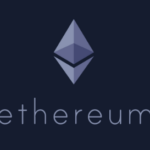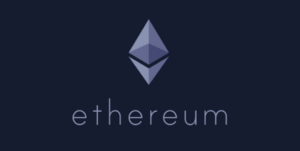Ethereum Co-Founder Optimistic About Near Resolution of Interoperability on Layer-2 Networks

Ethereum co-founder Vitalik Buterin is optimistic about the swift resolution of cross-Layer-2 interoperability challenges within the Ethereum ecosystem. In a recent social media post on August 5, Buterin expressed confidence in the ongoing advancements and collaborative efforts that are expected to address current obstacles. He mentioned that the anticipated improvements would lead to a seamless user experience across the Ethereum network.
The focus on enhancing user interactions across Ethereum’s Layer-1 and Layer-2 (L2) networks, which include rollups, validiums, and sidechains, underscores the importance of streamlining these processes. However, the development of L2 solutions for Ethereum encounters various hurdles such as ensuring interoperability among different Layer-2 networks, maintaining robust security standards, and tackling scalability issues related to data availability and transaction throughput. Additionally, complexities in user experience and the necessity for smooth integration with existing infrastructure present further challenges.
Buterin outlined a roadmap to achieve seamless cross-L2 interoperability, highlighting key Ethereum Improvement Proposals (EIPs) as crucial steps in this direction. These proposals include EIP-3770, which suggests a new address format for wallets and decentralized applications to enhance user experience, and EIP-7683, which aims to establish a standardized method for layer-2 networks to interact and trade across different chains through liquidity providers. Another proposal, EIP-3668, introduces a standardized approach for Ethereum smart contracts to access off-chain data efficiently, potentially reducing on-chain data storage costs.
Future developments, such as keystore rollups and proof aggregation, are expected to further enhance cross-L2 interactions, significantly improving Ethereum’s scalability and interoperability. Despite the positive outlook, experts anticipate that the transition to zk-rollups for Ethereum finalization could take several years.
Earlier projections by financial services firm VanEck suggested that Ethereum’s L2 scaling solutions could achieve a market cap of $1 trillion within the next six years, underscoring the growing significance and potential of these advancements within the broader Ethereum ecosystem. As Ethereum continues to evolve, Buterin’s emphasis on enhancing interoperability among layer-2 networks aims to fortify the ecosystem, making it more resilient and adaptable, ultimately fostering wider adoption and innovation.



